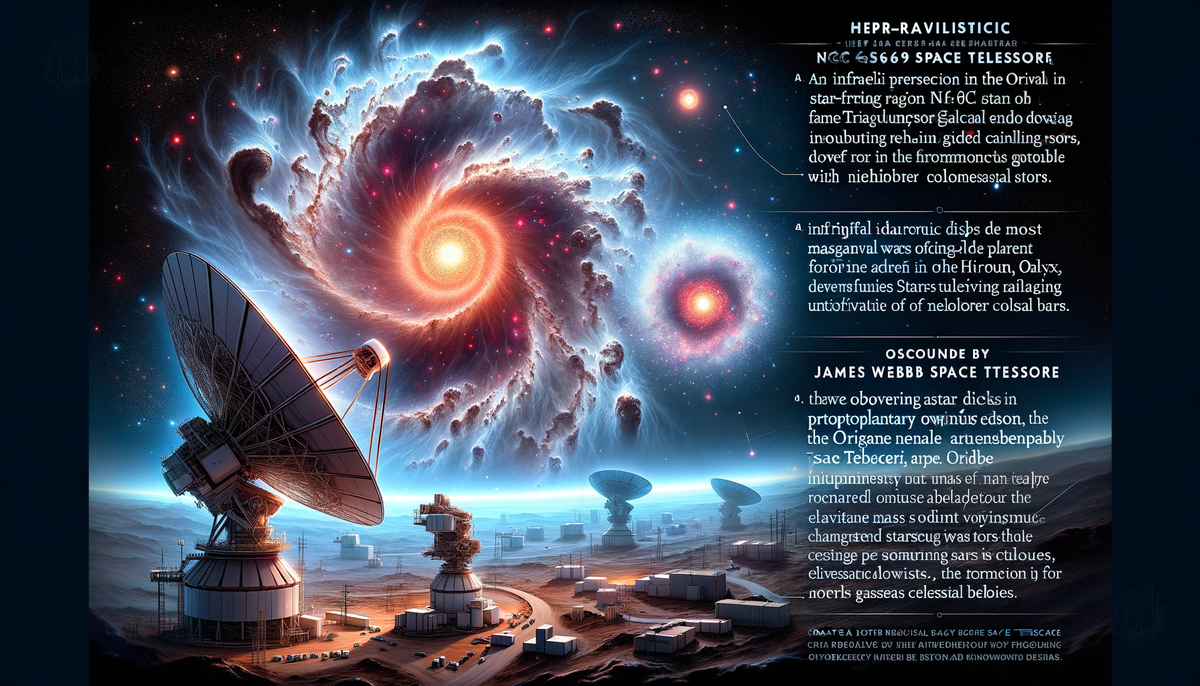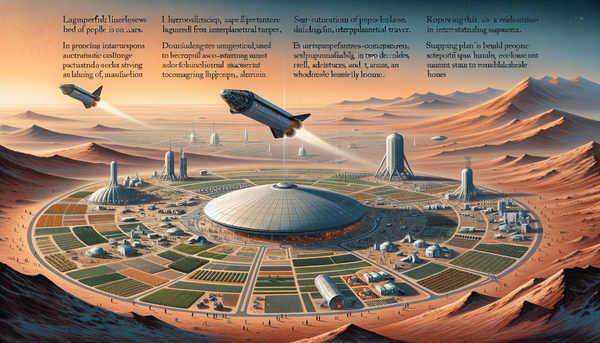Webb Telescope reveals new details in Triangulum Galaxy's stellar nursery

NASA's James Webb Space Telescope (JWST) has provided astronomers with new insights into various celestial phenomena, ranging from the star-forming regions of distant galaxies to the intricate processes occurring within nascent planetary systems. One of JWST's significant achievements includes capturing detailed infrared images of the star-forming region NGC 604 within the Triangulum Galaxy, located some 2.73 million light-years from Earth. These images, taken with the telescope's Near-Infrared Camera (NIRCam) and Mid-Infrared Instrument (MIRI), showcase over 200 of the hottest and most massive stars and reveal two young stars creating cavities in the surrounding dust.
In another discovery, JWST observed protoplanetary disks around young stars in the Orion Nebula, finding evidence of rapid mass loss due to ultraviolet winds from nearby massive stars. This process can potentially hinder the formation of gas giants within these systems, providing a more nuanced understanding of planet formation in our galaxy. The telescope's sensitivity allowed for the detection of double ionization of argon in a planet-forming disk, a first in the study of such disks.
Meanwhile, the Hubble Space Telescope continues to complement JWST's findings by capturing images of the dwarf spiral galaxy LEDA 42160 in the constellation of Virgo. As part of a larger research effort, Hubble's observations focus on how ram pressure within a massive cluster of galaxies influences star formation, contributing to the creation of jellyfish galaxies.
The data from these telescopic observations not only offer unprecedented views of space but also help astronomers unravel the complexities of star and planet formation, enhancing our understanding of the universe's evolutionary processes.




